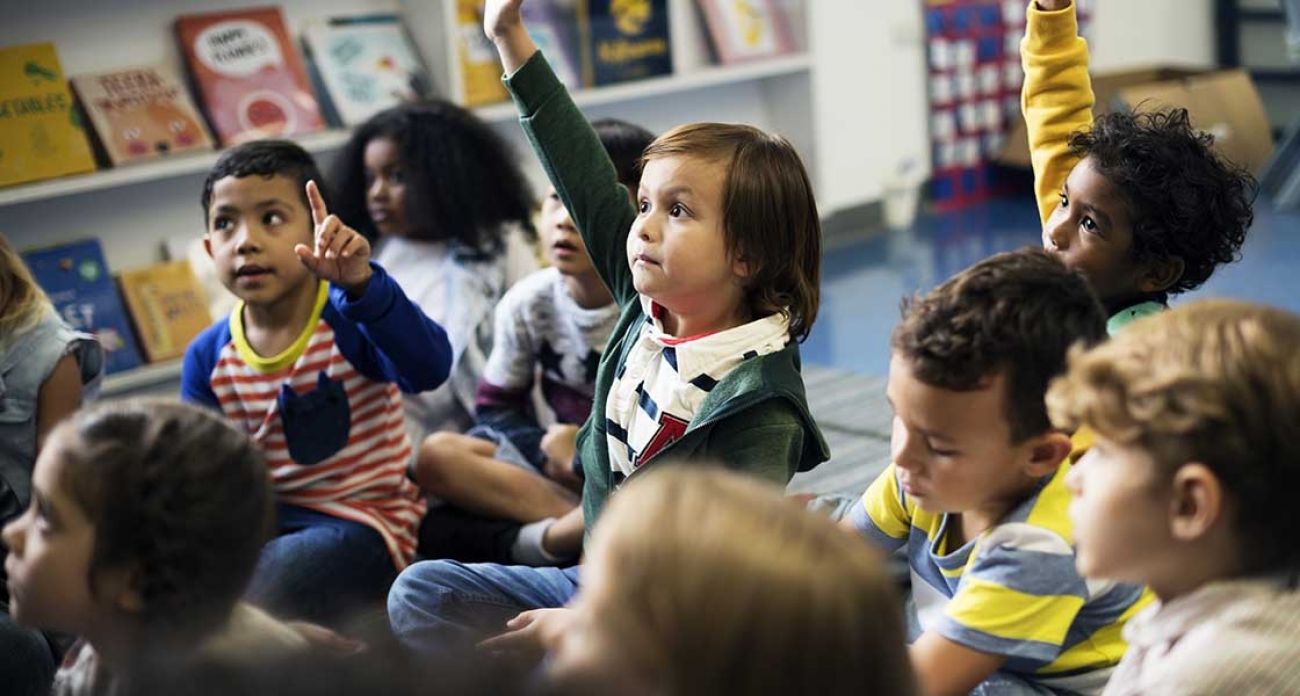Growth of nontraditional school programs costs Michigan $260M, study finds

Declining enrollment in Michigan schools has led traditional districts and charters to create programs to offset the loss of students and funding, according to a report by the nonprofit Citizens Research Council of Michigan.
The programs include offering two years of kindergarten, placing teachers in private schools and creating online academies to attract home-school students. The latter two programs are considered “shared-time” because students in them are partially enrolled in the public system.
All told, the programs generate an estimated $260 million for school districts as enrollment in those programs has risen substantially.
For some districts, the changes have led to enrollment gains and reversed overall declines, the report states.
For instance, half the students in the Madison Academy charter in Flint are shared-time students in private schools. Without the creation of that program, CRC estimates the school’s enrollment would have fallen by a third from 2010-11 to 2018-19. Instead, it rose by nearly a third.
“Many of these districts use the shared-time arrangements to change the trajectory of their enrollment from negative to positive,” the report states.
Because Michigan ties most state aid to student counts, districts have been squeezed financially as enrollment has declined. There are about 6 percent fewer public school students now than a decade ago.
Births are at their lowest numbers since the 1940s and the state’s overall population is stagnant and aging.
Those factors have fueled a steady decline in enrollment that won’t abate until 2027, at the earliest.
The problem for schools: A drop of even a few students lowers funding faster than schools can cut costs.
“If a number of students leave a district, they will be spread across multiple classrooms and schools,” according to the report.
“This will result in smaller average class sizes generally, but not necessarily fewer classrooms or teachers.”
Faced with those pressures, districts have turned to finding students to bolster revenue.
Districts such as Brighton in Livingston County and Berkley in Oakland County have employed teachers in dozens of private schools in physical education, art and music that allow the district to count their students and get state funding.
For Brighton, whose leadership estimated it initially made a 50 percent profit on those students, the shared-time program accounts for 30 percent of all district students. They account for 27 percent of Berkely’s enrollment, the CRC estimated.
All told, the private-school population in shared-time programs jumped more than 50 percent from 2010-11.
And though smaller, the programs catering to home-school students has grown far faster — to 7,300 in 2018-19, up from 928 in 2010-11.
Nearly 300 districts are offering two years of kindergarten, with students too young to enter traditional kindergarten joining a “developmental” program. More than 15,000 kindergartners were held back in 2018-19, up from 12,500 in 2014-15.
More students likely will adopt the programs as enrollment continues to decline, said Craig Thiel, the study’s author and research director of the Citizens Research Council.
Michigan Education Watch
Michigan Education Watch is made possible by generous financial support from:
Subscribe to Michigan Education Watch
See what new members are saying about why they donated to Bridge Michigan:
- “In order for this information to be accurate and unbiased it must be underwritten by its readers, not by special interests.” - Larry S.
- “Not many other media sources report on the topics Bridge does.” - Susan B.
- “Your journalism is outstanding and rare these days.” - Mark S.
If you want to ensure the future of nonpartisan, nonprofit Michigan journalism, please become a member today. You, too, will be asked why you donated and maybe we'll feature your quote next time!






